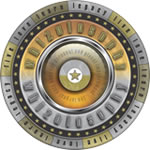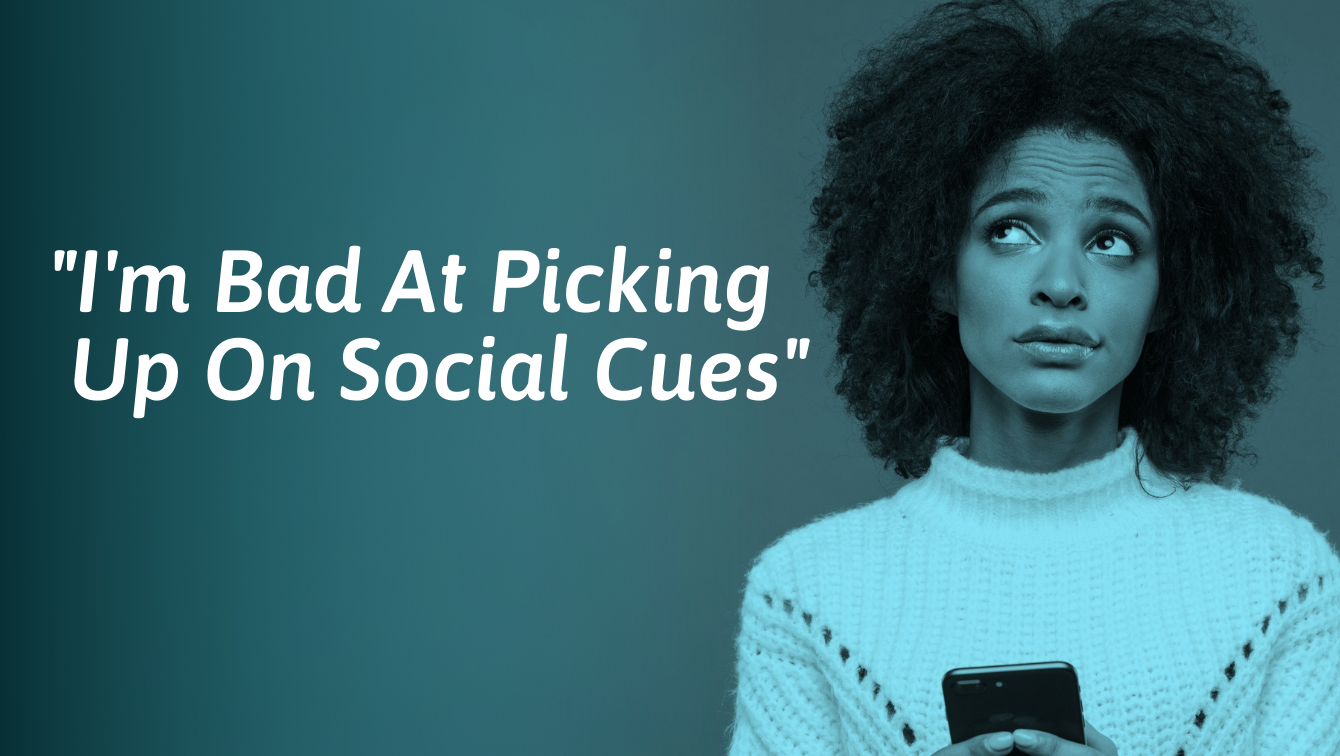- Abuse & The Abuser
- Achievement
- Activity, Fitness & Sport
- Aging & Maturity
- Altruism & Kindness
- Atrocities, Racism & Inequality
- Challenges & Pitfalls
- Choices & Decisions
- Communication Skills
- Crime & Punishment
- Dangerous Situations
- Dealing with Addictions
- Debatable Issues & Moral Questions
- Determination & Achievement
- Diet & Nutrition
- Employment & Career
- Ethical dilemmas
- Experience & Adventure
- Faith, Something to Believe in
- Fears & Phobias
- Friends & Acquaintances
- Habits. Good & Bad
- Honour & Respect
- Human Nature
- Image & Uniqueness
- Immediate Family Relations
- Influence & Negotiation
- Interdependence & Independence
- Life's Big Questions
- Love, Dating & Marriage
- Manners & Etiquette
- Money & Finances
- Moods & Emotions
- Other Beneficial Approaches
- Other Relationships
- Overall health
- Passions & Strengths
- Peace & Forgiveness
- Personal Change
- Personal Development
- Politics & Governance
- Positive & Negative Attitudes
- Rights & Freedom
- Self Harm & Self Sabotage
- Sexual Preferences
- Sexual Relations
- Sins
- Thanks & Gratitude
- The Legacy We Leave
- The Search for Happiness
- Time. Past, present & Future
- Today's World, Projecting Tomorrow
- Truth & Character
- Unattractive Qualities
- Wisdom & Knowledge
Truth & Character Thursdays
Missing Social Cues
Have you ever been in a conversation where someone just doesn't seem to get it? I was there just the other day. This person didn’t really do anything “wrong” - they just missed all the social cues. They changed topics at strange times and to strange topics that were a bit awkward. They talked very loud in an environment where other people were trying to have separate conversations. They just seemed to miss all the social cues and it made the evening a bit awkward and uncomfortable.
Missing social cues is not a new problem in the world - there are always people who don’t know how to interpret and respond to the nonverbal signals and unspoken rules that guide social interactions. These cues include everything from body language and facial expressions to tone of voice and the general atmosphere of a situation. When someone consistently misses these signals, it can quickly become a difficult quality.
So, why do some people struggle with this, and how can we navigate it? There are many reasons why someone might miss social cues. It could be due to neurological differences, anxiety, cultural differences, or simply a lack of exposure to diverse social situations. It's not always a deliberate act of rudeness; often, the person is genuinely unaware of the impact their actions are having.
For those who find themselves frequently missing cues, developing self-awareness is the first step. Paying closer attention to body language, actively listening, and even asking for feedback from trusted friends can be helpful. For those interacting with someone who misses cues, patience and clear, direct communication are key. Instead of getting frustrated, gently pointing out the issue in a non-judgmental way can be far more effective than subtle hints that might be missed.
Interesting Fact #1
Although social awkwardness is not a neurotypical disorder, it can still cause an abundance of distress and difficulty for the individuals who experience it.
Interesting Fact #2
It is a pattern of feelings individuals struggle with within their daily lives, making most social interactions challenging. Someone socially awkward has a difficult time communicating with others.
Interesting Fact #3
They might do things that are considered inappropriate (e.g., being hyper focused on one point). Also, they avoid social activities (e.g., parties, sports, events). They can feel self-conscious and hesitant to speak to others and can experience fear of embarrassment. Being socially awkward can also lead to being bullied and rejected by others.
Quote of the day
“The other part of communication is communicating your feelings. Friendship is a two-way street; it's mutual. Be honest about your needs and your feelings at all times, with no exceptions. If you're not articulating your feelings, we're not going to pick up on it--we don't take hints, we don't pick up on invisible social cues, we're not going to understand radio silence. We need real communication or we're both going to get confused and upset.” ― Chloé Hayden
Article of the day - How to Read Social Cues to Build Better Relationships
Social cues are nonverbal signals used to express emotions, intentions, and reactions during normal social interactions. These include facial expressions and body language, which provide context for what is or isn't being said. While reading social cues is a fundamental part of successful communication, it can be complicated by differences in culture, as well as learning disabilities and neurodevelopmental disorders like autism.1
:max_bytes(150000):strip_icc():format(webp)/social-cues-5204407-final-74c16e150ba54558b74417fd960891cd.jpg)
Verywell / Zoe Hansen
Examples of Social Cues
Social cues encompass almost everything that a person doesn't say to convey meaning or intention. These cues can be subtle or overt, conscious or unconscious.1
The different types of social cues include:
- Facial expression: A wide range of emotions can be conveyed with expressions like smiling, frowning, grimacing, smirking, raising or lowering your eyebrows, biting or puckering your lips, blinking fast or slow, or widening or squinting your eyes.2
- Body language: Postures, gestures, and movement can convey everything from emotional state to comfort level. This includes open and closed posture (such as the crossing and uncrossing of arms), pointing or gesturing to direct focus, waving hands to express anger or excitement, slouching to convey tiredness or depression, or fidgeting to express discomfort or anxiety.1
- Eye gaze: Direct eye contact can signal interest, attentiveness, or serious intent. Averting one's gaze can signal disinterest, discomfort, or distraction. Even the angle of one's gaze or the rolling of eyes can be interpreted as conveying sarcasm, disapproval, or impatience.3
- Vocal tone: Raising one's voice can be used to convey anger or excitement, or to simply punctuate something being said. Lowering one's voice or mumbling can convey discomfort, nervousness, or disapproval. Different vocalizations and intonations can express everything from sarcasm and frustration to impatience and sexual interest.4
- Body proximity: Body proximity can be used to signal comfort level or intent. Being close or leaning into someone can be used to express affection, while pulling back or angling away may express disapproval or shock, or to convey that one's "personal space" has been invaded.5
- Physical contact: Touching can have different meanings based on where a person is touched and how familiar the two parties are. Touching a person's shoulder or hand can have an entirely different meaning than touching one's knee or lower back. Touch can also be used to intentionally invade one's space as a threat or act of aggression.5
- Mirroring: This is the practice, typically unconscious, of mimicking one's expression, tone, and body language to express empathy or build rapport.6
- Physical presentation: This may be conscious to express authority, attitude, or the social "tribe" or belief a person ascribes to. It may also be unconscious, such as being unkempt when you are tired or depressed, or altering your appearance in uncomfortable or awkward social situations.5
Why Interpreting Social Cues Is Important
Social cues are part of the way that humans communicate, working in tandem with verbal skills to build context and understanding. It is estimated that around 60% to 65% of social communication is through nonverbal behaviors.5
Correctly reading social cues serves several purposes in navigating the social world, including:5
- Improving communications by reducing ambiguity and correctly identifying a person's emotional state and intentions
- Making deeper connections by responding with signs of understanding, interest, and empathy
- Navigating social situations by "reading the room" and adjusting your behavior accordingly
- Making others feel comfortable and included with open expressions, touch, and eye contact
- Being able to pick up subtle signs of distress, anxiety, or depression
- Making intuitive predictions about a person's personality and trustworthiness
- Better navigating interviews and educational or leadership opportunities
- Recognizing potential threats
- Detecting social or sexual interest or disinterest
Challenges in Reading Social Cues
Overall, the way that people deliver and interpret social cues is similar. Some are even believed to be evolutionary and "hardwired" into our communication skills.7
However, social cues are not universal, and not everyone conveys or interprets them in the same way. Some of the challenges that can impede or limit social cue interpretation include:
- Culture: Social cues can be interpreted differently in different cultures. Close physical proximity and touch may be considered normal in some cultures and an "invasion" of one's space in others. In parts of Asia, for example, direct eye contact and the expression of large emotions may be regarded as intrusive and socially discouraged.3
- Sensory limitations: Visual impairment or hearing loss can severely limit one's ability to pick up on social cues. On the other hand, people with sensory processing disorder (SPD) are overly sensitive to loud noises, bright lights, strong smells, and crowds, making it difficult to engage in social interactions and correctly read social cues.8
- Neurodevelopmental conditions: Autism spectrum disorder (ASD) is characterized by difficulties with interactive conversation, eye contact, and the ability to read social cues.9 Attention-deficit/hyperactivity disorder (ADHD) is characterized by impulsivity and a lack of attention, which makes it difficult to recognize and respond to social cues effectively.10
- Anxiety disorders: Social anxiety disorder (SAD), characterized by intense fear in social situations, often leads to the misinterpretation of social cues.11 Generalized anxiety disorder (GAD), typified by heightened anxiety, makes it difficult to process information accurately. 12
- Personality disorders: People with schizoid personality disorder and avoidant personality disorder are commonly detached from relationships and have general difficulty expressing emotions. Those with narcissistic personality disorder and schizotypal personality disorder may appear odd or eccentric and lack empathy to correctly read social cues.13
How to Improve Social Cue Interpretation
Even individuals with cultural or cognitive limitations can improve their ability to read social cues. Among the general principles, social cue interpretation can be improved with:14
- Observation and practice: Start by seeing how others interact in real life, and try mimicking these behaviors in the mirror and then with someone you trust. Be strategic, working on one skill at a time (like eye contact) until you are comfortable enough to move on to the next skill.
- Get feedback: Turn to a trusted friend or family member for honest feedback. Try not to take the observations personally; rather, use them to objectively identify which skills you need to work on. The same person can help track your progress and provide encouragement.
- Work with a therapist: A therapist experienced in social skills training can provide the tools to communicate more effectively, both verbally and nonverbally. This includes active listening skills to help build empathy and stronger interpersonal relationships.
Question of the day - What is a time that you missed a social cue and made an interaction awkward?
Unattractive Qualities
What is a time that you missed a social cue and made an interaction awkward?












